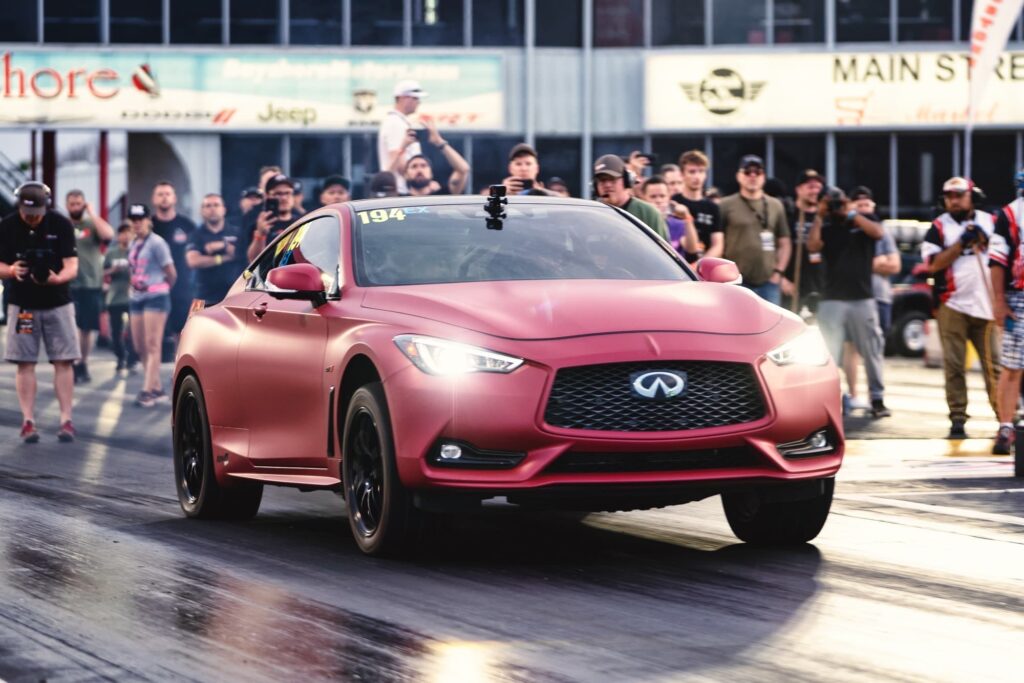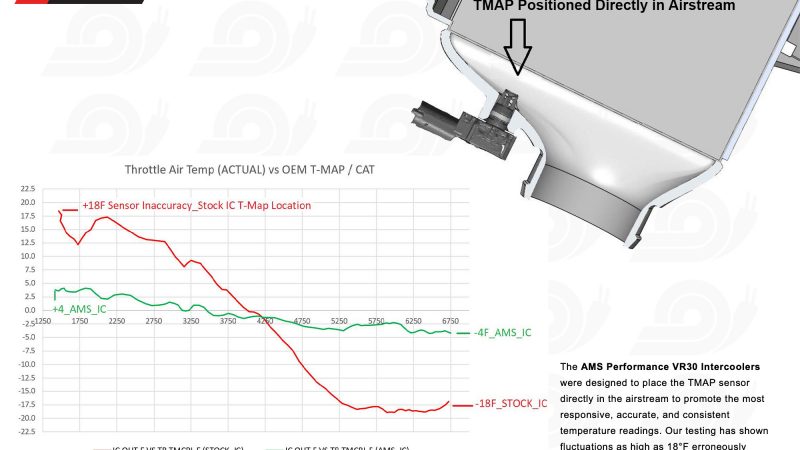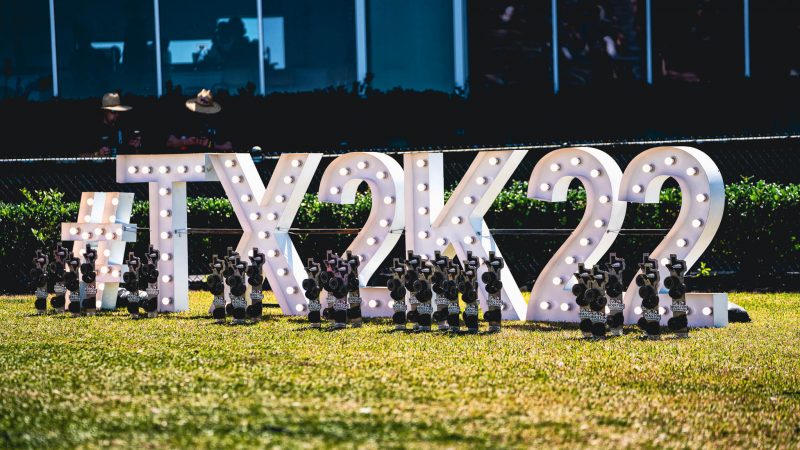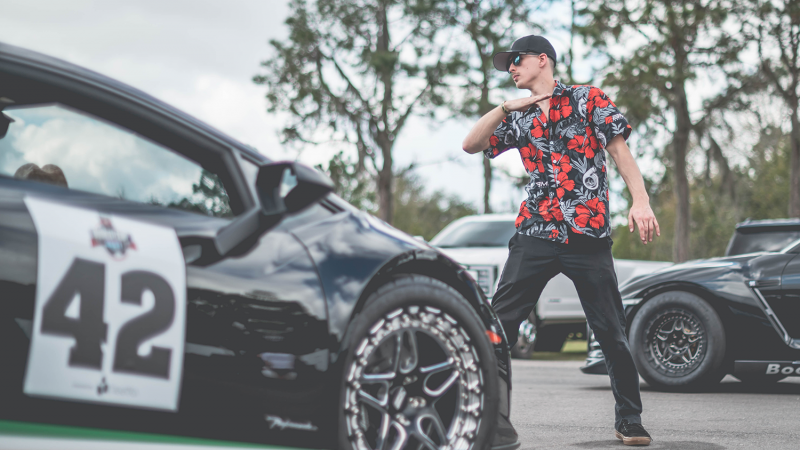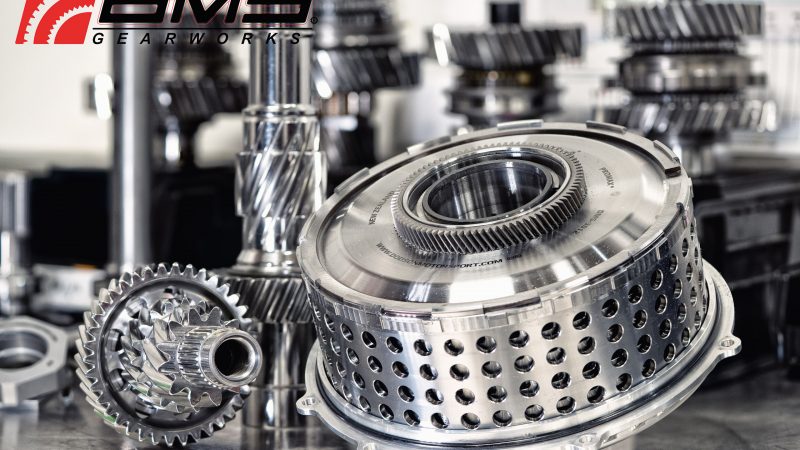VR30 Boost Pressure Targets
Our Engine Calibration Team wanted to share something interesting with you guys that pertains to boost pressure targets, high engine rpm, and turbo speed. Not only is this applicable to the VR30 but also, most turbocharged engines.
Attached is an example dyno plot from a recent VR30 we were calibrating. The dyno plot is specifically zoomed into the high rpm portion of the run and is only showing horsepower with the dyno cursor at 6500rpm.
What is shown here is 8 different runs with the same conditions, only boost pressure and the target is changing from run to run. The increase in boost pressure target is roughly 1.5psi between runs. As you can see, the more boost we run, the more power the car makes….until it doesn’t.
When examining the difference in power between the first 6 dyno runs, you can clearly see that they show an acceptable power increase from run to run. This is great! More boost, more power.
When comparing the last two runs to the first 6 runs, you will notice that continuing to increase the boost target further has not yielded any more power. In fact, it made a little less power. This would be what most would consider the point of diminishing returns. More boost pressure has not yielded any increase in power.
The first takeaway here is that running more boost will not always increase the power output of your vehicle. In some cases, running more boost may produce less power than what could be attained at a more efficient lower boost level. The second takeaway, that may not be as obvious as the first, is that pushing up your boost pressure targets beyond the point of diminishing returns, will cause undue stress to your turbochargers (really high turbo speed) and engine. Heck, it will even increase the workload of your charge air cooling system. All for naught, other than a boost pressure figure.
Using this information, we can calibrate a specific boost curve for every car we tune here on the dyno. When tuning remotely, we have math channels that show us when we are nearing the limit. On the Red Sports, it’s easy. We know roughly what a reasonable turbo speed is. Things like current modifications, fuel quality, and altitude still come into play but having turbo speed makes things obvious. On the premium cars, you pay a little closer attention to the relationship between increasing boost levels and a slew of other parameters. These include fuel injection duration, wastegate position, and knock sensitivity (low timing may indicate high backpressure ratios), etc. Food for thought.
